SnapADU uses heat pump systems with our accessory dwelling units (ADUs) due to several benefits explained below.
Traditionally, a “split system” has been the standard residential HVAC system used in SoCal and, for that matter, the vast majority of the US. There is a newer technology (about 25 years old) which has gained wide adoption in moderate climates due to its decreased cost of operation, lower cost of installation, smaller size and overall efficiency. That system is known as a “heat pump” and sometimes referred to as a “fan coil,” since the fan coil is the main component of the overall system.
How does a heat pump system work?
With a heat pump system, a box containing a blower motor and fan blade is installed in a central location in the ADU. The box contains small diameter coiled pipes (akin to a radiator), through which a specialized refrigerant flows. This refrigerant is circulated through a small pipe connected to a condensing unit on the exterior. Depending upon the thermometer setting, the condensing unit can change the pressure of the refrigerant, thus making it either absorb heat or expel heat. You may recall from high school physics the Ideal Gas Law of PV=nRT, which identifies how pressure affects the temperature of a gas. This either warm or cold refrigerant flows back to the fan coil, where the blower pushes air across the small coiled pipes through which the refrigerant flows. This results in either warm or cold air being produced by system. This conditioned air is then pushed through a series of large diameter tubes known as “duct work,” which distributes the conditioned air to rooms throughout the ADU.
Why is a heat pump superior to other options?
In addition to a traditional split system you may also see folks using a “(ductless) mini-split.” These units operate nearly identically to the fan coil, save the fact that they do not use duct work to distribute the conditioned air. Rather, they are attached to an exterior wall, allowing them to exchange air directly with the outside through a penetration in the wall. The two major drawbacks with these units are their unsightliness and that a unit can only reasonably service the room it is located in. This means it typically requires 3 or more mini split units to properly condition any ADU.
See the complete list of standard features that are included in our ADUs.
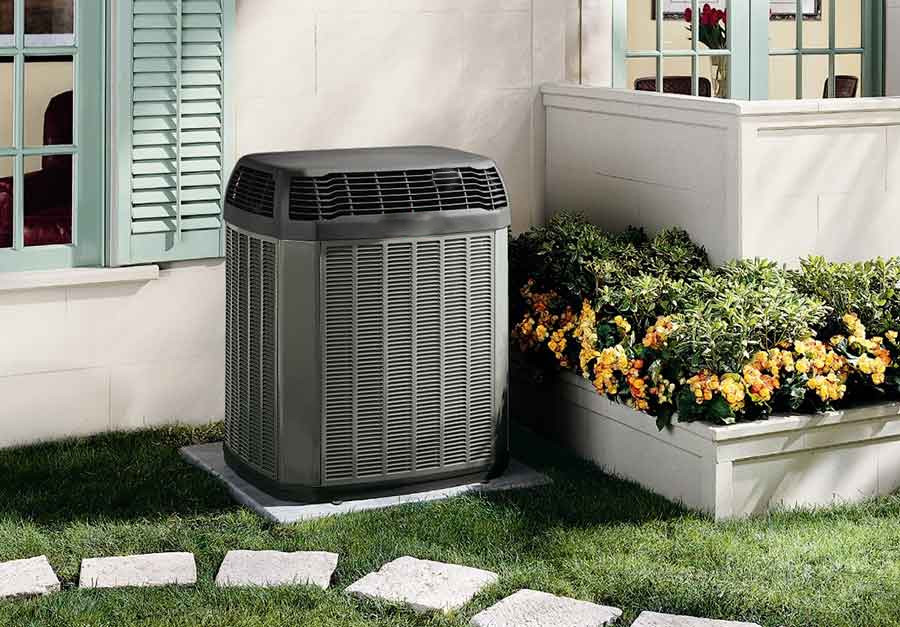
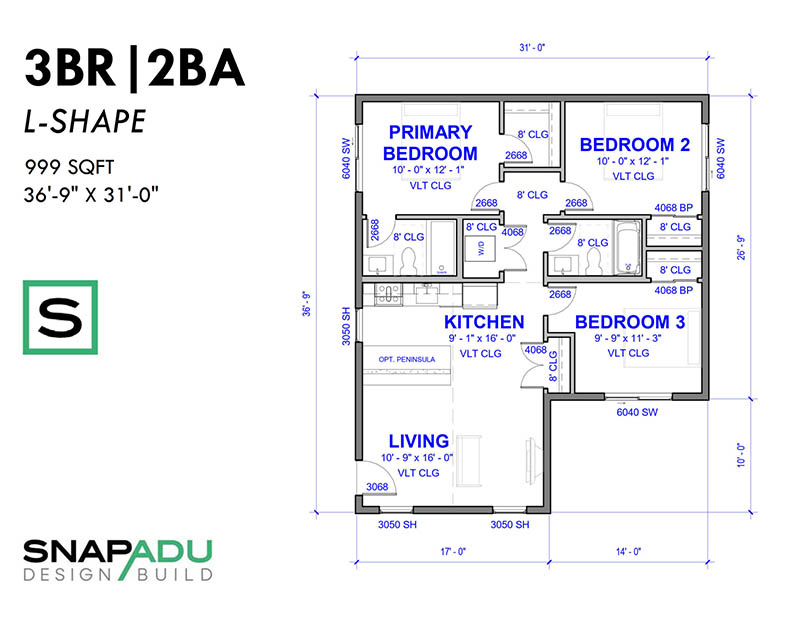
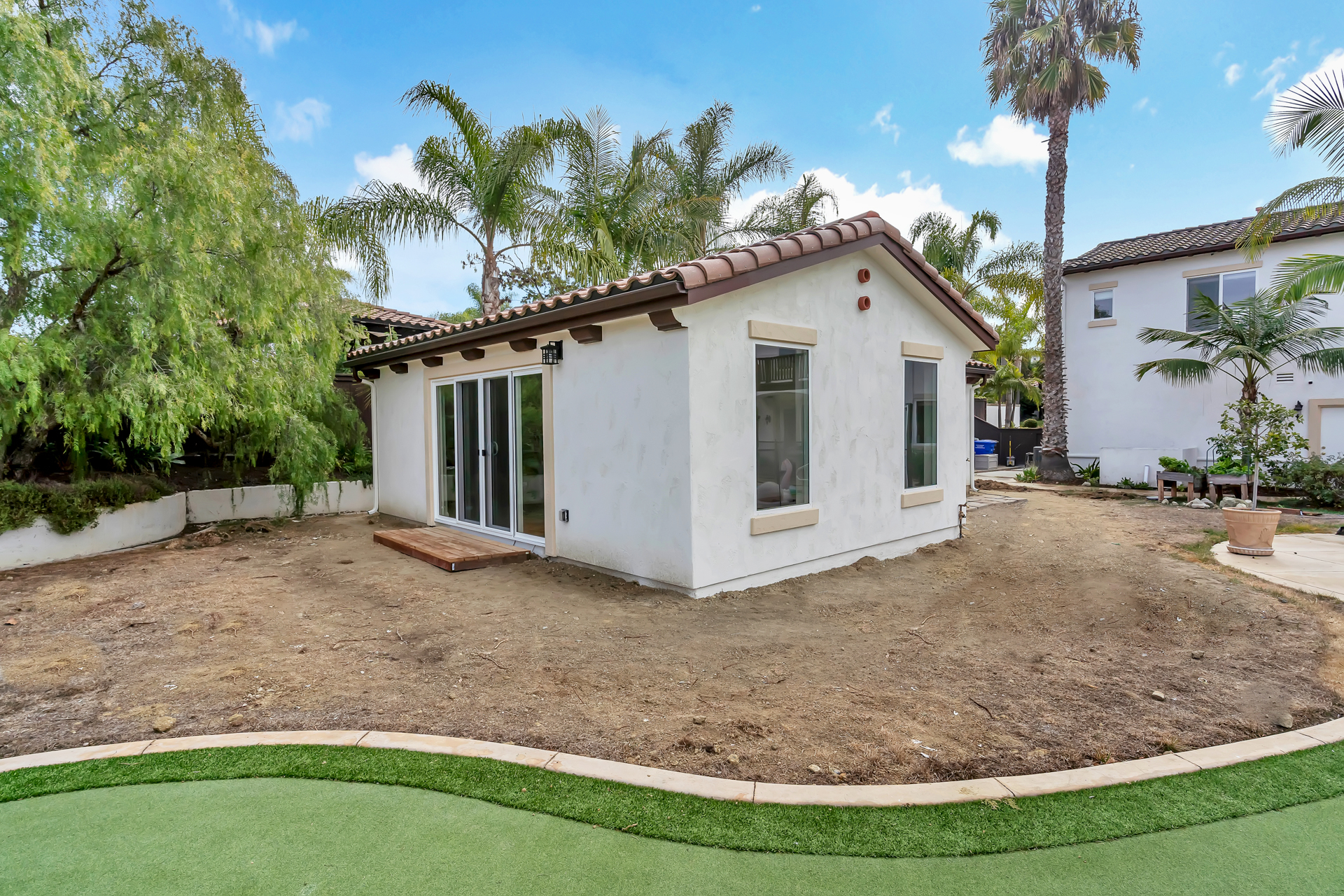
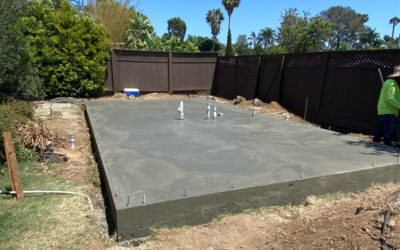
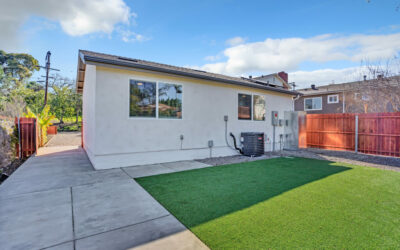
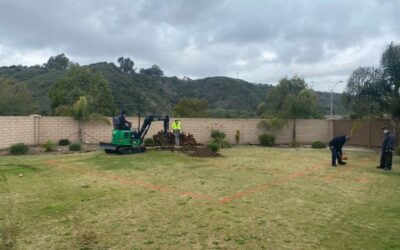
0 Comments